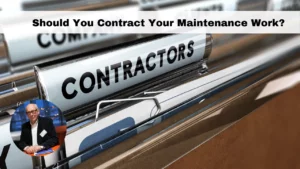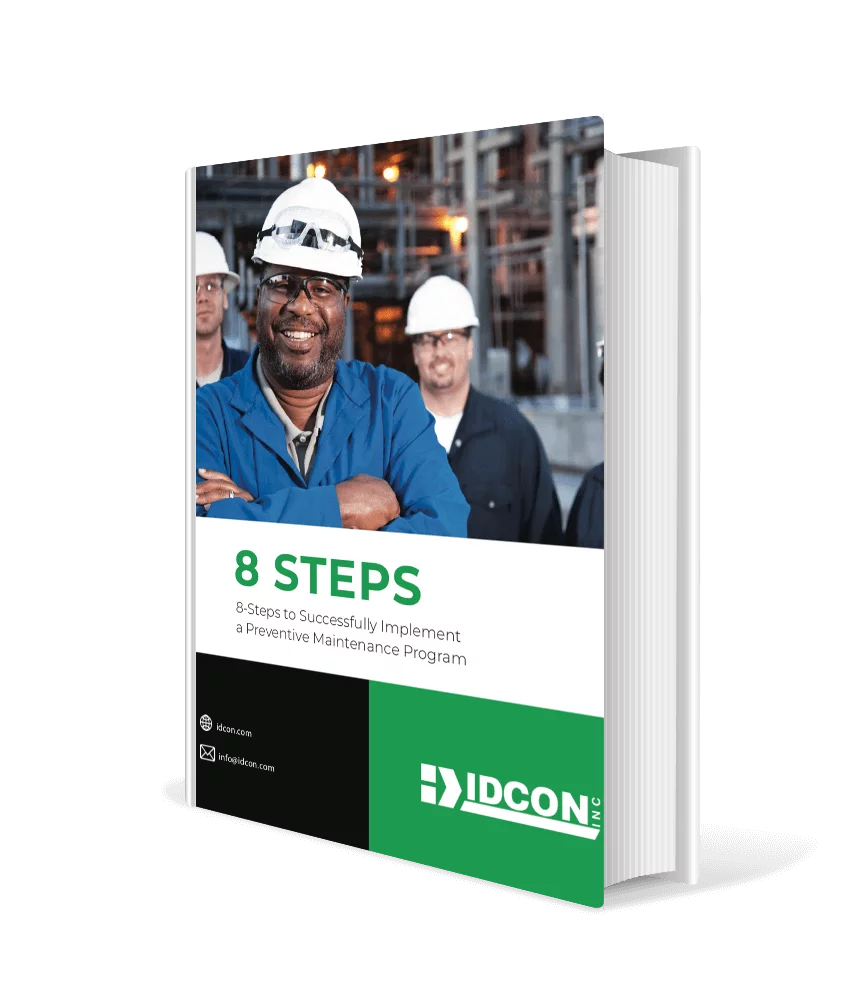In the previous two columns, I discussed joint goals and how to promote the operations/maintenance partnership through a different way of reporting and solving operations as well as maintenance problems.
In this article, I will continue to elaborate on the vital relationship between operations, maintenance, and engineering.
A JOINT VENTURE.
One thing is to agree to that operations and maintenance are equal partners in a joint venture resulting in reliable production.
Another thing is to make it happen, and, to make it happen, you need to do things differently than you have done in a customer-supplier relationship.
For example, you should:
- Agree on the same goal-overall production efficiency (OPE).
- Achieve the right joint focus-total reliability. There is revenue as a result of improved reliability. Improved reliability results in lower sustainable maintenance costs.
- Solve problems-do not classify production losses by department.
- All of the above were explained in the August and October columns. Other things you can do to promote the partnership are:
- Include operators in basic inspections and essential care of equipment
- Agree on guidelines for priorities of work requests
- Communicate production plans
- Create a joint shutdown schedule
Of course, the most important part of building the partnership is personal relationships. However, organizations are changing, and, with the wrong processes in place to promote a partnership, things will fall back to a less effective work system.
INCLUDE OPERATORS.
Where it is practical and makes sense, operators should undertake some basic inspections of equipment. If it is practical for an operator to do inspections, they should be taught to do so.
As a guideline-if an operator can be trained in an inspection method in less than 15 minutes, he or she should be trained to do that inspection.
A classic example is the inspection of a rotary steam joint for a paper machine.
It makes sense for a back tender to not only look at ropes, felts, paper web, doctor blades, condensate returning through steam joint, etc., on the back side of a paper machine, but to also inspect the condition of the carbon ring in the steam joint.
Training operators on how to do this takes less than five minutes.
As can be seen in the picture, a pin on the side of the joint housing is indicating the wear of the carbon ring inside the joint.
Where there is less than a 1/8-in. distance between the housing and the locker ring on the pin, the carbon ring needs to be replaced in the next shutdown.
With a good light source, an operator can check about five joints in each direction when he or she is doing other operations inspections on the backside of the paper machine.
This is a very good and reliable inspection and it is only one example out of many that are logical to train operators to perform.
By the way, you might be surprised to know that many very experienced paper makers have never heard of this basic inspection method; they still run joints until they leak and cost 300% to 800% more to repair.
AGREE ON WORK REQUEST PRIORITIES.
First of all, maintenance work should start with a work request, not a work order. A work request might or might not turn into a work order.
If a work request turns into a work order, the execution should follow jointly agreed upon priorities. It is a very good idea to develop these together between operations and maintenance.
To sit down with your operations partner and agree on these guidelines and then start using them jointly is one of the most hands-on and best ways of making the partnership happen. I will be glad to send anybody who requests it an example of a priority guideline.





